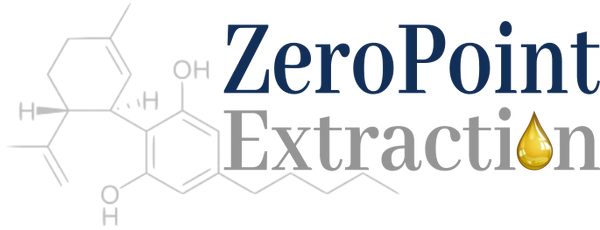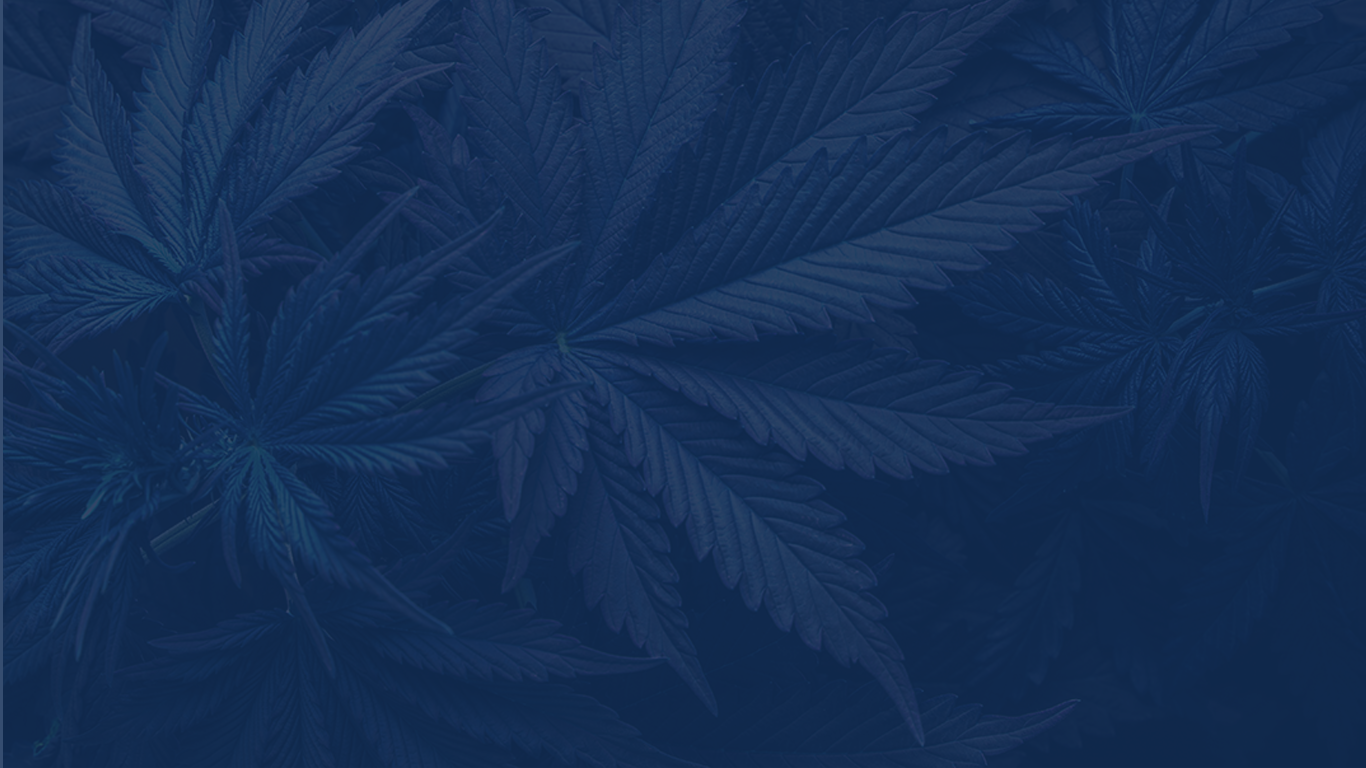Recent posts
-

-
 What is THCA Isolate?August 13, 2025
What is THCA Isolate?August 13, 2025 -
 What is Crystal Resistant CBD Distillate?July 30, 2025
What is Crystal Resistant CBD Distillate?July 30, 2025 -
 The Best Value in Full-Spectrum CBD TincturesJune 13, 2025
The Best Value in Full-Spectrum CBD TincturesJune 13, 2025 -
 Does THCA Get You High?June 8, 2025
Does THCA Get You High?June 8, 2025

What is CBG?
By Zero Point
Table of Contents
Introduction to CBG
Cannabigerol, better known as CBG, is one of the many cannabinoids found in hemp and cannabis plants. While not as famous as CBD or THC, CBG has been gaining attention because of its unique role in the plant’s lifecycle and its growing popularity among consumers.
Often called the “mother of all cannabinoids,” CBG is the compound from which other cannabinoids, like CBD, THC, and CBC, are formed. But because most CBG naturally converts into these other compounds as the plant matures, it’s rare to find high amounts of CBG in most cannabis strains.
In this guide, we’ll break down what CBG is, how it’s made, how it compares to CBD, its extraction process, and how consumers can use it, all in simple, easy-to-understand terms.
What Is CBG (Cannabigerol)?
CBG is a naturally occurring cannabinoid found in hemp and cannabis plants. Unlike THC, it is non-intoxicating, meaning it won’t cause a “high.”
CBG starts its life as CBGA (cannabigerolic acid), the acidic “parent compound” from which many other cannabinoids are formed. As the plant matures, enzymes convert CBGA into compounds like CBD, THC, and CBC, leaving only a small amount of CBG behind.
Quick Fact: Most cannabis plants contain less than 1% CBG by weight, which is why CBG-rich products are typically made from young plants or specially bred strains.
How Is CBG Formed in the Cannabis Plant?
CBG comes from its precursor compound, CBGA, which develops early in the plant’s growth cycle. As the plant matures, enzymes break CBGA down and convert it into three main cannabinoids:
-
CBCA (cannabichromenic acid)
Once this conversion happens, only a small percentage of CBGA remains as CBG, making it one of the rarest cannabinoids to extract.
THC vs CBG

Why Is CBG Called the “Mother of All Cannabinoids”?
CBG earns this title because it’s the source compound from which other cannabinoids are derived. Without CBGA, the plant wouldn’t produce CBD, THC, or other important compounds.
However, because so much CBGA gets converted, only trace amounts of CBG remain in fully mature plants. This makes harvesting CBG more complex and contributes to its higher cost compared to CBD products.
CBG vs. CBD: What’s the Difference for Consumers?
Many consumers compare CBG and CBD because they’re both non-intoxicating cannabinoids, but they have different roles and behaviors in the body.
| Feature | CBG | CBD |
|---|---|---|
| Abundance | Rare (<1%) | High levels in hemp |
| Origin | Precursor cannabinoid | Derived from CBGA conversion |
| Popularity | Emerging | Established |
| Common Use | Often found in oils, tinctures, isolates | Widely used in wellness products |
While CBD is widely available and heavily researched, CBG’s rarity makes it less common but increasingly sought after.

How Is CBG Extracted and Why Is It Rare?
Because CBG occurs in such low concentrations, standard extraction methods don’t yield enough CBG for commercial production. To make CBG products, manufacturers typically:
-
Harvest younger plants before the CBG converts into other cannabinoids.
-
Use strains bred specifically for high CBG content.
-
Apply advanced extraction techniques, often requiring greater amounts of raw material than CBD production.
This rarity and complexity make CBG products generally more expensive than CBD alternatives.
What are CBG’s Effects?
CBG interacts with the body’s endocannabinoid system (ECS), which helps regulate processes like mood, appetite, and sleep. While research is still emerging, early studies suggest CBG may influence various biological pathways, but more research is needed to fully understand its effects.
How Can You Use CBG?
CBG is available in several product forms, including:
-
CBG Oils & Tinctures – For flexible, measured use
-
CBG Isolate Powders – Pure, concentrated cannabigerol
-
CBG Gummies & Edibles – Popular for convenience
-
Full-Spectrum & Broad-Spectrum Extracts – Blend CBG with other cannabinoids
Because CBG is still relatively new to the consumer market, always review lab results and choose reputable suppliers.
FAQs About CBG (Cannabigerol)
What is CBG and why is it called the “mother cannabinoid”?
CBG, or cannabigerol, is a non-intoxicating cannabinoid found in hemp and cannabis plants. It’s called the “mother cannabinoid” because its acidic form, CBGA, is the building block from which other cannabinoids like CBD and THC are derived.
How does CBG differ from CBD?
While both CBG and CBD are non-intoxicating, CBG is found in much smaller amounts in most hemp plants. CBD is more abundant and widely used, while CBG is rarer and often extracted from young plants or specially bred strains.
Is CBG psychoactive or intoxicating?
No. CBG is non-intoxicating, meaning it won’t cause a “high” like THC.
Why is CBG so rare compared to other cannabinoids?
As hemp plants mature, most CBGA, the precursor to CBG, converts into CBD, THC, and other compounds. That leaves very little CBG behind, typically less than 1% of the plant’s total weight.
What types of CBG products are available for consumers?
Consumers can find CBG in oils, tinctures, isolates, gummies, and full-spectrum blends. Look for lab-tested products from trusted brands to ensure quality and accuracy.
How is CBG extracted from the hemp plant?
CBG is extracted using methods like CO₂ or solvent-based extraction, often from younger hemp plants or specially cultivated high-CBG strains.







